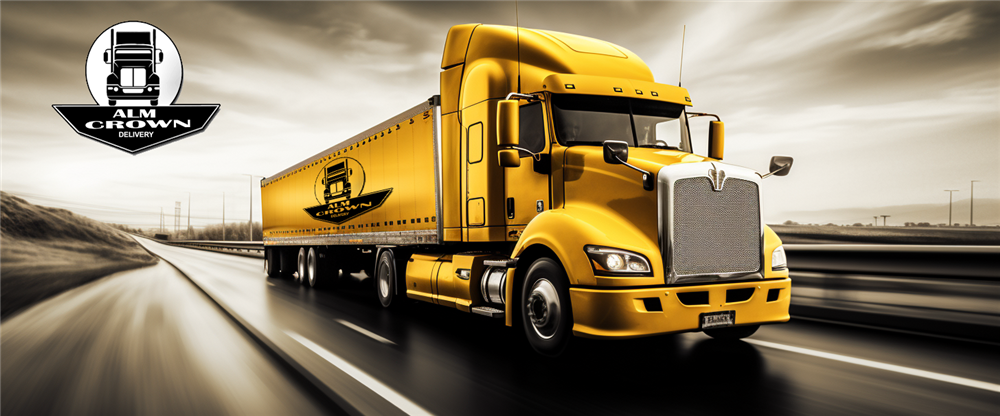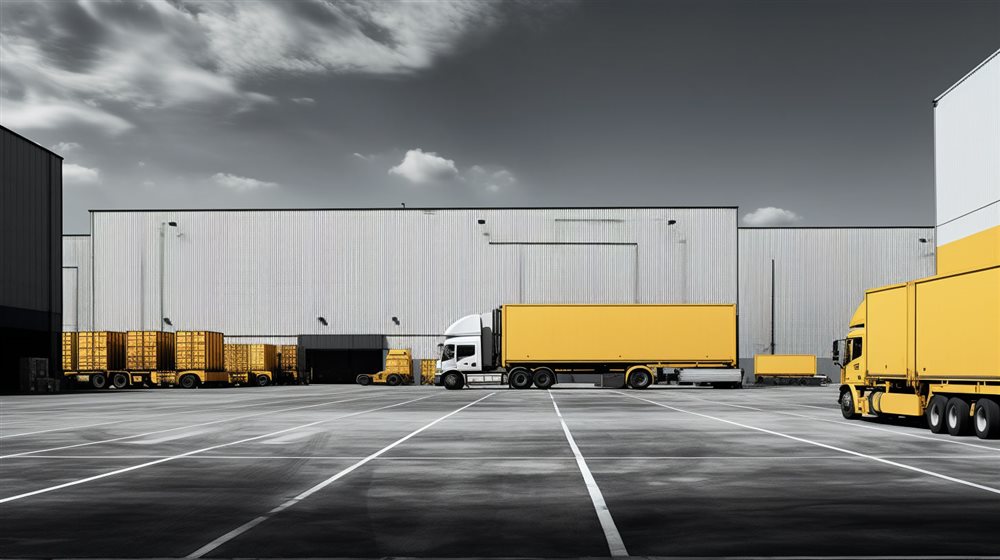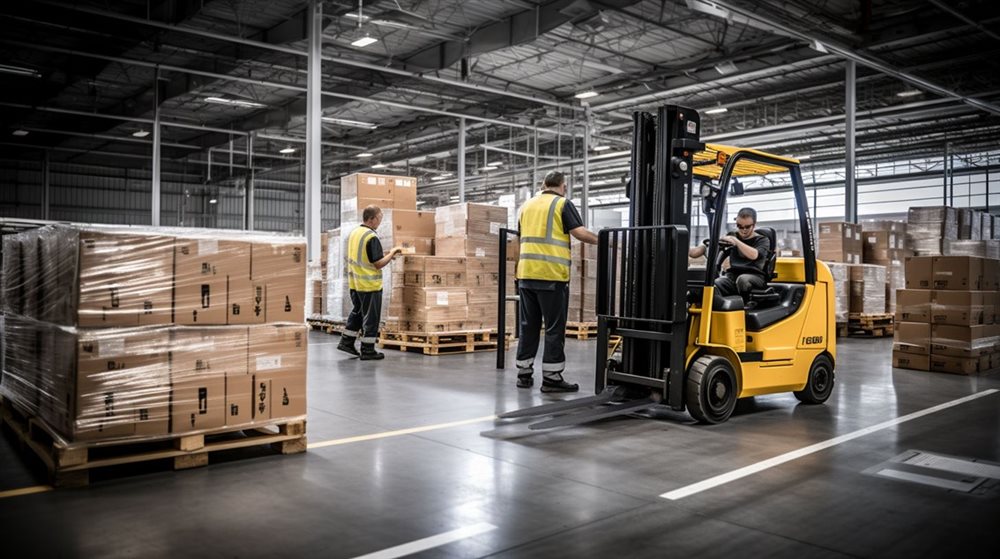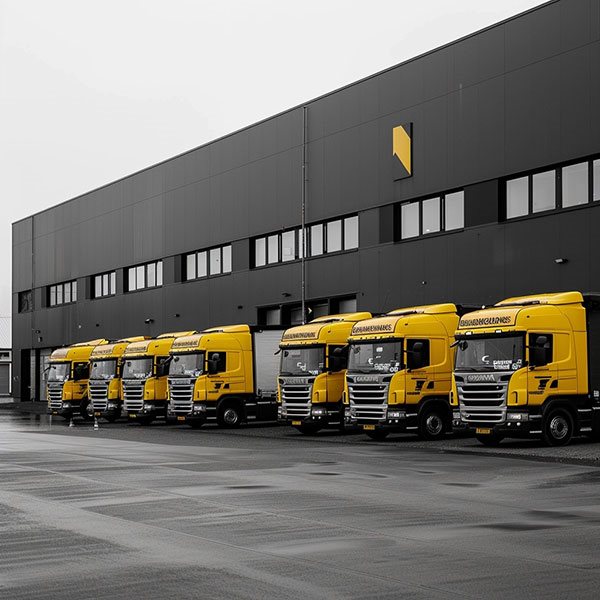In the logistics industry, understanding how freight rates are calculated is crucial for both shippers and carriers. One of the key concepts in this realm is 'weight breaks,' a pricing mechanism used by carriers to determine shipping costs based on the weight of the shipment. This article will delve into what weight breaks are, how they work, and how to calculate them to optimize your freight expenses.

Understanding Weight Breaks
Weight breaks are specific weight thresholds in freight shipping at which the cost per unit weight decreases. The principle is simple: the more you ship, the less you pay per pound or kilogram. This system is designed to incentivize larger shipments by offering reduced rates for increased weights.
How Weight Breaks Work
Carriers typically have a rate sheet that lists different prices for various weight ranges. For instance, the cost per pound might be lower for a shipment weighing 500 pounds compared to one that weighs 100 pounds.
Example of Weight Breaks
Let’s assume a carrier has set the following weight breaks:
- Up to 100 lbs: $1.00 per lb
- 101 to 500 lbs: $0.80 per lb
- 501 to 1,000 lbs: $0.60 per lb
- Over 1,000 lbs: $0.50 per lb
In this example, shipping 100 lbs would cost $100 (100 lbs x $1.00). However, if your shipment weighs 101 lbs, the rate drops to $0.80 per lb, making the total cost $80.80 (101 lbs x $0.80), which is cheaper than shipping 100 lbs.
Calculating Weight Breaks
To calculate the most cost-effective weight break for your shipment, follow these steps:
- Gather Rate Information: Obtain the rate sheet from your carrier, detailing the cost per unit for each weight range.
- Determine Total Weight: Assess the total weight of your shipment.
- Calculate Cost for Each Break: Compute the total cost of your shipment at each weight break. Don’t forget to consider the weight ranges that your shipment falls into.
- Compare Costs: Compare the total costs across different weight breaks to identify the most economical option.
- Consider the Next Break: Sometimes, slightly increasing your shipment weight to reach the next weight break can reduce the overall cost.
Factors Influencing Weight Break Calculations
- Carrier Pricing Strategies: Different carriers have different pricing strategies and weight break structures. It’s essential to compare multiple carriers to find the best rate.
- Type of Cargo: The nature of the cargo can influence the cost. Bulky but lightweight items might be priced differently compared to heavy, compact items.
- Shipping Distance: Longer distances generally mean higher costs. Some carriers may have different weight break structures based on the shipping distance or zones.
- Additional Fees: Always account for potential additional fees like fuel surcharges, handling fees, or hazardous material fees, which might affect the overall cost.
Tips for Optimizing Freight Costs with Weight Breaks
- Bulk Shipping: If possible, consolidate smaller shipments into one larger shipment to take advantage of lower rates at higher weight breaks.
- Carrier Comparison: Always compare rates from multiple carriers, as each may offer different weight break advantages.
- Negotiate Rates: For regular shippers, there might be room to negotiate better weight break thresholds or rates with carriers.
- Understand Your Shipping Patterns: Analyze your shipping history to understand your most common shipment weights and adjust your logistics strategy accordingly.
- Stay Informed: Keep updated with any changes in carriers’ rate sheets, as these can affect your shipping costs.
Understanding and effectively utilizing weight breaks can lead to significant savings in freight shipping. By carefully analyzing your shipping needs and comparing carrier rates, you can optimize your logistics operations and reduce costs. Remember, the key to leveraging weight breaks is not just about hitting the right weight but also about understanding the broader spectrum of factors that influence freight rates. With a strategic approach to weight breaks, businesses can enhance their logistics efficiency and overall cost-effectiveness.






















